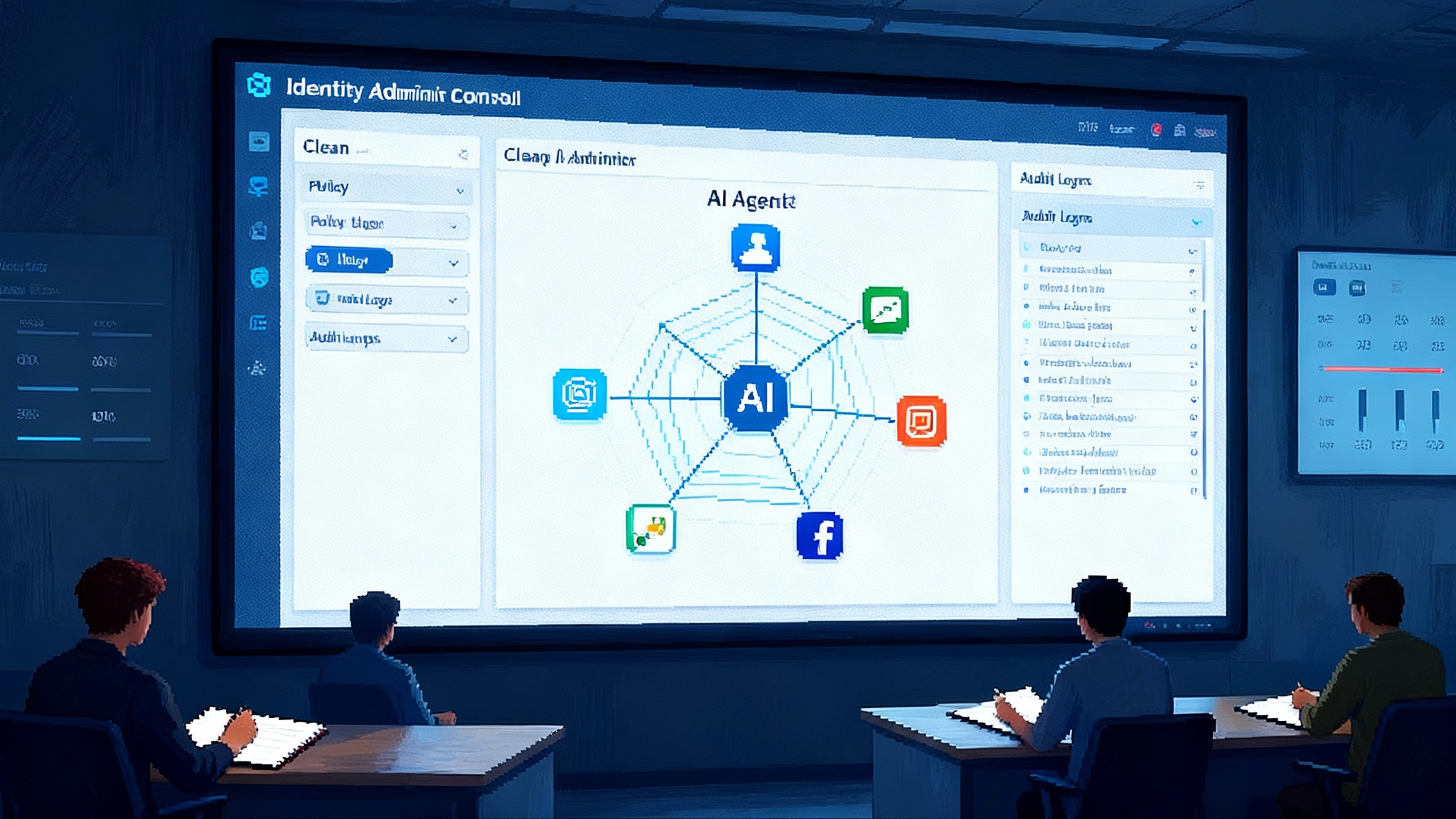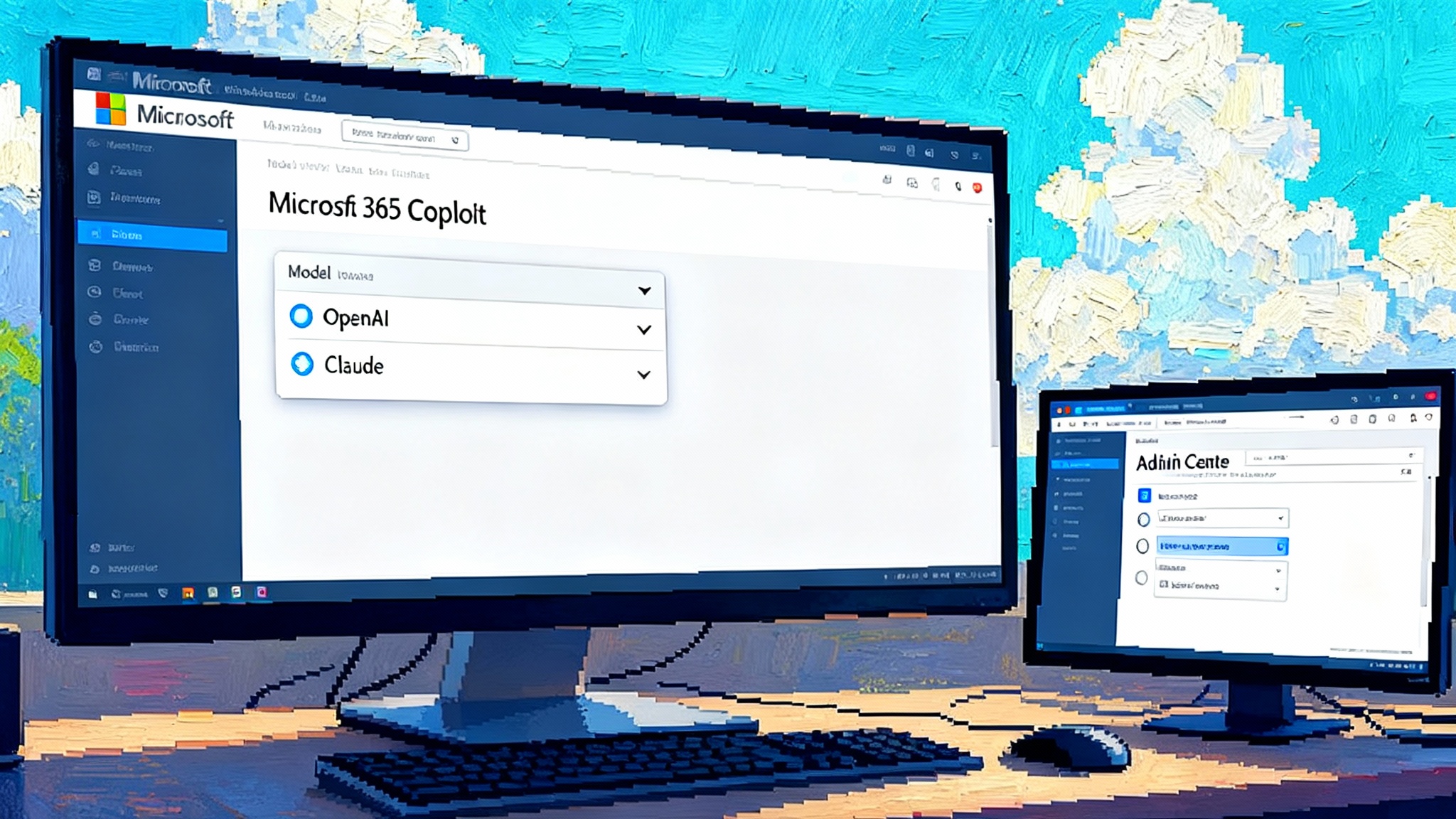Perplexity’s $200 Email Agent Tests the Inbox Future
Perplexity launched a $200 per month Email Assistant for Gmail and Outlook that triages, drafts, and schedules when you CC an agent. This review breaks down the features, ROI math, and how it stacks up against Copilot and Gemini to see when a premium, single-purpose inbox copilot actually pays off.

The $200 inbox experiment
Perplexity’s Email Assistant arrived on September 22, 2025 with a bold claim: your inbox can largely run itself. The company is pitching a single-purpose agent that lives inside Gmail and Outlook, handles triage and drafting, and even schedules meetings when you CC its address in a thread. News of the launch hit a nerve because of the price. At $200 per month, this is not a casual add-on. It is a wager that autonomy inside everyday workflows is finally ready for real value.
If you are a power user who spends hours each day in email, or a leader responsible for a team’s time, the question is simple. Does this kind of embedded agent produce enough leverage to justify a premium subscription alongside the AI features you already get from Google or Microsoft? That is the debate worth having.
What Perplexity actually shipped
Perplexity’s assistant connects to Gmail and Outlook, prioritizes messages, drafts replies that match your tone, and proposes meeting times based on calendars it can see. You can CC the assistant’s address on a thread to put it to work as a helpful participant that suggests slots, drafts, or follow-ups. Early coverage describes guardrails that require user approval before anything goes out, plus a stated policy that user emails are not used to train models. For an overview of the launch details, see reporting on the email agent’s features and price.
The service targets people who want automation in the flow of work rather than in a separate chat tab. Instead of switching contexts to ask a general chatbot to write an email, you stay in the thread and pull the agent in when needed. The agent triages by labeling and ranking, composes replies that reflect your writing style, and helps pick a time that works for everyone. The experience aims to feel less like a template generator and more like a delegated assistant that knows your norms.
Human in the loop by design
Email is unforgiving. One wrong auto-send can burn trust faster than any time savings could earn it. Perplexity’s model here is human-in-the-loop. Drafts are prepared, meetings are proposed, summaries are surfaced, but a human must approve before the system acts. That preserves accountability and creates a feedback loop that helps the assistant adapt to your tone and preferences without taking risky actions unilaterally.
There is a second reason these guardrails matter. For a lot of teams, inboxes contain sensitive material. An agent that can read and sort email must also be safe to connect. Perplexity’s public statements emphasize enterprise-grade security, compliance, and a policy that enterprise data is not used to train models. For individual accounts, there are opt-outs for training that reinforce the default stance users expect in email contexts. Even if you never flip a single privacy toggle, the product’s default posture needs to be conservative, and that is the story the company is telling. For teams building toward verified controls, the idea of a trust layer aligns with patterns explored in trust layer for AI agents.
Why a premium price can still win
Two hundred dollars per month is real money, especially when Google and Microsoft already bundle AI into their suites. So why could this still work? Because email is an expensive habit masked as a free app. The math is sobering.
- The hourly cost: If you value time at $100 per hour, a $200 subscription needs to save about two hours per month to break even. That is roughly six minutes per business day.
- The baseline: Knowledge workers commonly spend between one and three hours daily in email. Even modest gains compound.
- The leverage: If the agent reliably handles triage for the first 30 minutes of each morning, drafts the top five replies, and proposes two clean meeting times without back-and-forth, the return stacks up fast.
For roles where inbox speed is revenue, the threshold is even easier to cross. Sales leaders who respond to inbound within minutes, recruiters who close scheduling loops in one email, founders who compress coordination into a few clean threads, and executives who process a backlog in half the usual time will feel the delta. If the assistant consistently turns an hour of administrative email into 20 minutes of approval and review, the payback is obvious.
At the team level, the case strengthens. A small leadership group might buy one or two seats for the heaviest inbox owners and use shared norms that spread the benefits. If a chief of staff can triage and draft with the agent and then route approvals to an executive, the combined efficiency makes the price less about an individual seat and more about a unit’s throughput.
How it compares to Copilot and Gemini in the inbox
Microsoft and Google are not asleep. Copilot is woven into Outlook with thread summaries, tone-aware drafting, and chat-assisted scheduling that checks availability and proposes times. Crucially, Copilot for Microsoft 365 is priced at the suite level, commonly $30 per user per month for businesses, and it shows up in other apps you already use. See Microsoft’s official page for Microsoft 365 Copilot pricing and scope.
Google’s approach brings Gemini into Gmail and the broader Workspace. Drafting, summarizing, and context-aware replies live in the side panel. For many customers, Gemini features are now included with Workspace Business and Enterprise plans after early 2025 changes to pricing and packaging. That means most teams will see AI in the inbox without buying a separate tool.
So what is different about Perplexity’s agent?
- It is single-purpose by design. Instead of a general AI that happens to work in email, this is an email-native agent that is judged on whether your inbox feels lighter each day.
- It offers a participate by CC interaction. That simple pattern lets you loop the agent into the exact context where work happens, no side channel required.
- It frames autonomy as a core feature, not a demo. The promise is a persistent helper that triages and drafts as a default behavior, with approvals as the safety layer.
There are trade-offs. Copilot and Gemini benefit from deeper platform privileges, corporate trust, and centralized admin controls. They can inherit your organization’s security posture and be managed in the same consoles IT already uses. Perplexity has to earn that trust one integration and policy at a time. For more on how Microsoft is evolving its stack, see Copilot goes multi-model with Claude.
The real question: do single-purpose agents beat general chatbots?
We are watching a shift from general chat surfaces to task-native agents that live where work happens. Search had its moment. Now, the most interesting AI products are showing up inside calendars, inboxes, and documents with a bias toward doing, not chatting.
When a tool is narrowly scoped, it can optimize for the messy details that make or break utility. An email agent needs a great triage model, a drafting system that truly sounds like you, and calendar logic that respects constraints like time zones, travel buffers, and meeting length. It must negotiate politely, summarize threads without losing nuance, and cope with weird attachments. A general chatbot can technically do those things, but a focused agent can do them by default with fewer prompts and less babysitting.
Single-purpose also helps IT. It is easier to reason about the blast radius of an inbox agent with explicit scopes and logs than a general AI that can reach into anything connected. Clear boundary lines make risk reviews faster, and guardrails are easier to explain to compliance teams. This mirrors a broader pattern in enterprise adoption described in enterprise agent stack goes mainstream.
Evaluation checklist for buyers
If you are considering Perplexity’s Email Assistant for yourself or a team, use a short pilot plan and measure it like any other tool that promises efficiency.
- Pick the right cohort
- Include two heavy inbox users and one skeptical power user.
- Target roles where email speed is revenue or risk, such as sales, recruiting, customer success, finance, or executive operations.
- Define success upfront
- Time to inbox zero each day or week.
- Response-time improvements for priority segments, like VIP customers or executives.
- Reduction in scheduling back-and-forth per meeting created.
- Percentage of assistant drafts accepted with minimal edits.
- Set guardrails
- Require approvals for all outbound sends during the pilot.
- Limit access scopes to what the agent needs, then revisit after two weeks.
- Log all agent actions for audit and review patterns weekly.
- Stress test the workflow
- Use CC to involve the agent in real threads, not canned tests.
- Try tricky edge cases: attachments, forwarded threads, time zone crossings, and multi-participant scheduling.
- Run the ROI math
- Track minutes saved per user per day for two weeks, then extrapolate to a month.
- Convert time saved to cost based on a consistent internal benchmark.
- Compare the net savings to the monthly subscription cost and to the status quo with Copilot or Gemini alone.
What success looks like in practice
The agent should feel like it is sitting beside you, not in another tab. A good day looks like this:
- You open email to a pre-sorted list of priorities, with clear reasons for each item’s rank.
- Drafts in your voice are suggested for replies that do not need your creative energy.
- When someone asks to meet, the agent proposes two realistic times that respect existing commitments and travel buffers.
- At noon, you ask for a summary of negotiations with a vendor this week. The assistant produces bullet points with next steps and owner names.
- Before you finish, the agent flags two threads that are waiting on you, one that is blocked by a colleague, and one that looks resolved.
If most of those moments happen daily with only minute-scale approvals, the subscription makes sense. If the assistant needs constant correction, or drafts in a way that never quite sounds like you, then the leverage is not there yet.
Risks and open questions
- Over-automation: Even with approvals, it is easy to accept a slightly wrong draft when you are rushing. Set personal rules about what never gets delegated.
- Missed nuance: Summaries can compress meaning in ways that matter. For consequential threads, read the full context before acting.
- Scheduling edge cases: Complex availability across multiple calendars and time zones is hard. Expect occasional hiccups and keep a human eye on high-stakes invites.
- Privacy posture: Perplexity emphasizes that enterprise data is not used for training and that user email content is protected, with options for individuals to control training settings. Still, every organization should validate scopes, retention, and audit trails as part of security review.
- Vendor sprawl: If your team already pays for Copilot or gets Gemini in Workspace, adding another inbox tool increases cognitive and cost overhead. The burden of proof is on the new agent to outperform your default suite.
The strategy signal
The launch is not just a product story. It is a strategy signal about where AI at work is heading. Three forces are converging:
- Agents are getting embedded. The most convincing AI experiences are not new destinations. They are helpers that appear inside the tools and threads where you already live.
- Autonomy is shifting from novelty to utility. Early agent demos were about stunts. The next phase is routine correctness on boring tasks with clear approvals and logs.
- Premium tiers will coexist with bundled AI. Suites will keep adding solid AI as table stakes. Specialized agents will justify higher prices by owning a deep problem end to end.
If Perplexity proves that an inbox agent can consistently save meaningful time and reduce friction while keeping humans in control, others will follow. We will see more CC the agent patterns across help desks, procurement workflows, and project updates. The best of these will feel invisible and dependable.
Bottom line
Perplexity’s Email Assistant plants a flag for single-purpose agents that live where work happens. The price will put it out of reach for many, and suites from Microsoft and Google already offer strong AI features at a fraction of the cost. Yet the value calculus is not abstract. If the agent reliably turns a chunk of administrative email into quick approvals and clean scheduling, it pays for itself fast for certain roles and teams.
For most organizations, the smart move is a pilot with clear metrics. Keep humans in the loop. Measure time saved and accuracy. Compare against what Copilot and Gemini now do by default. If the inbox feels lighter and outcomes improve, a premium agent earns its seat. If not, your suite’s AI is getting better every month, and the bar for specialized agents will keep rising.








